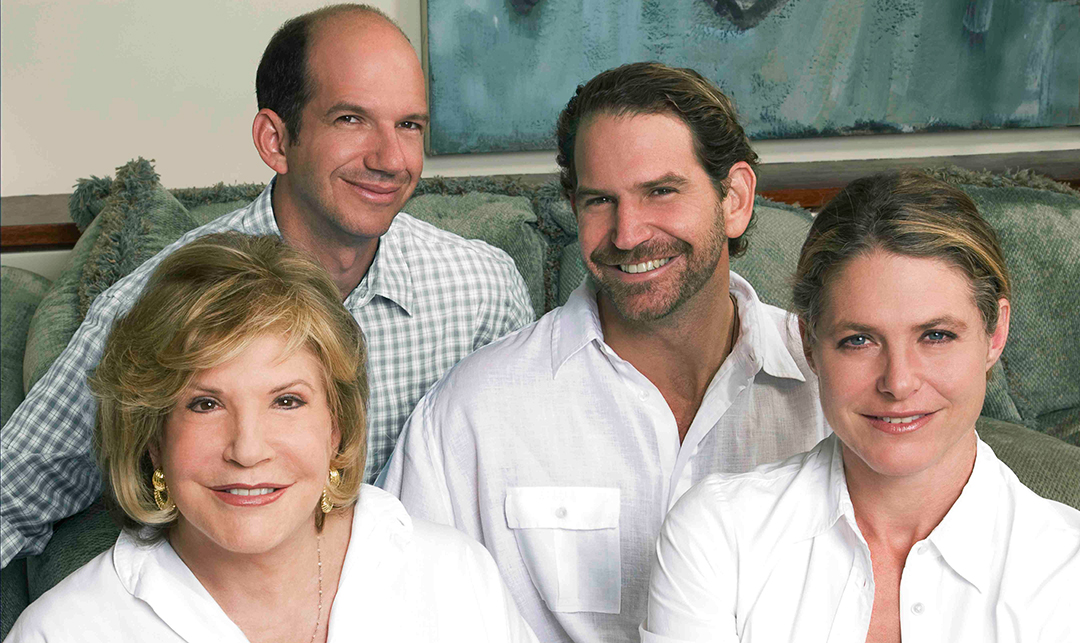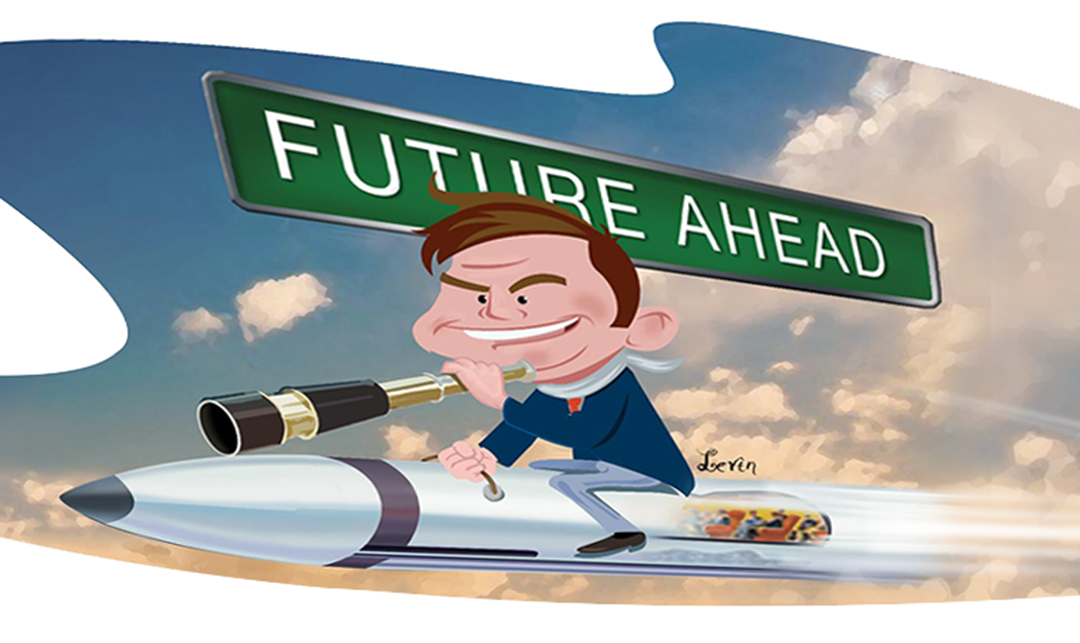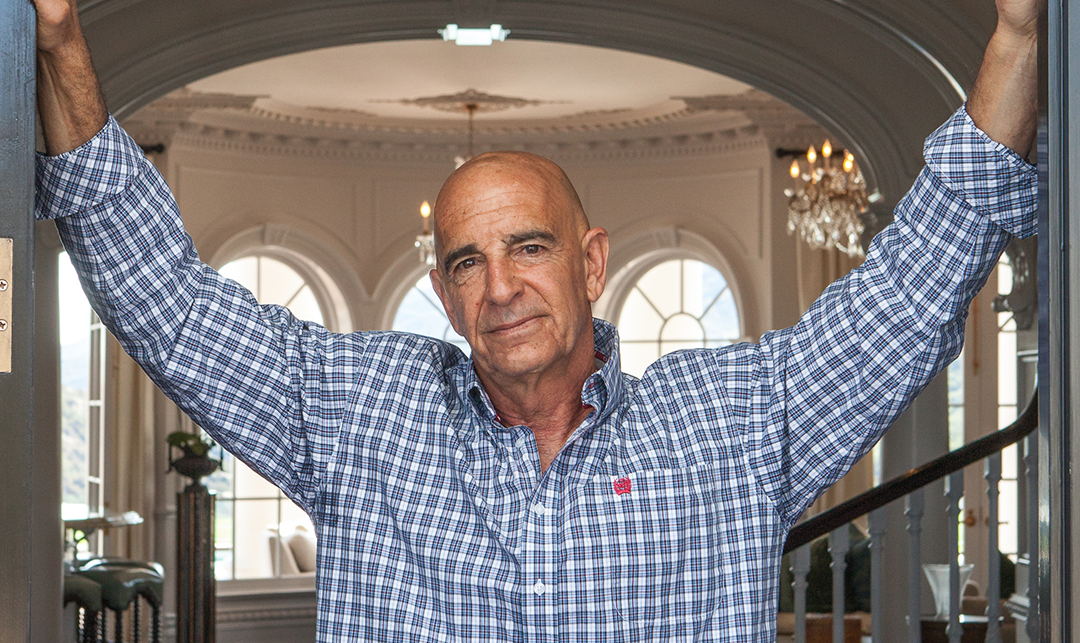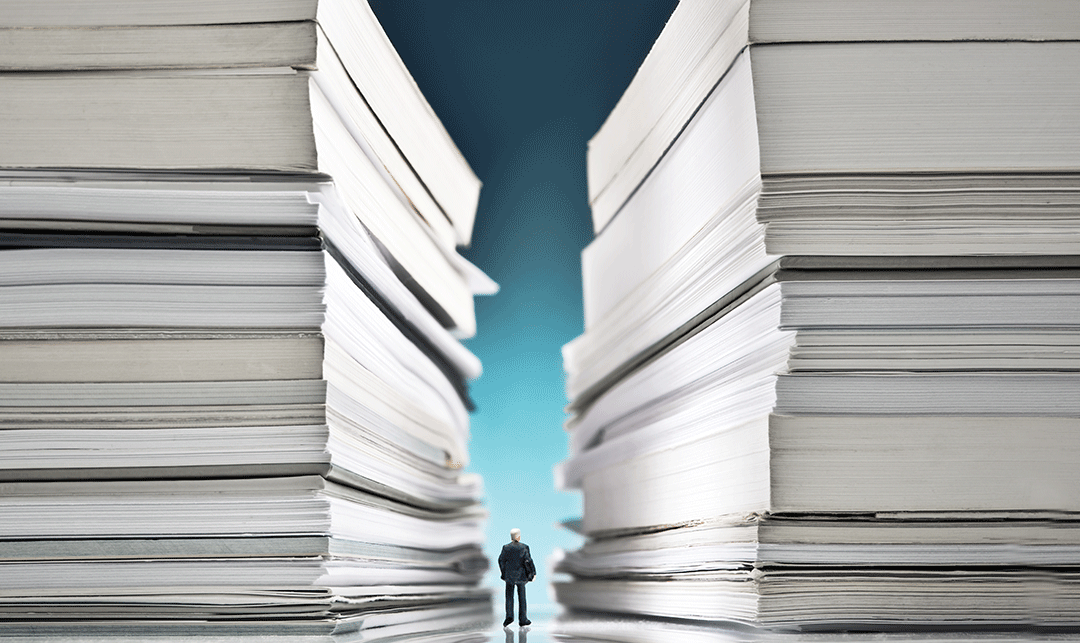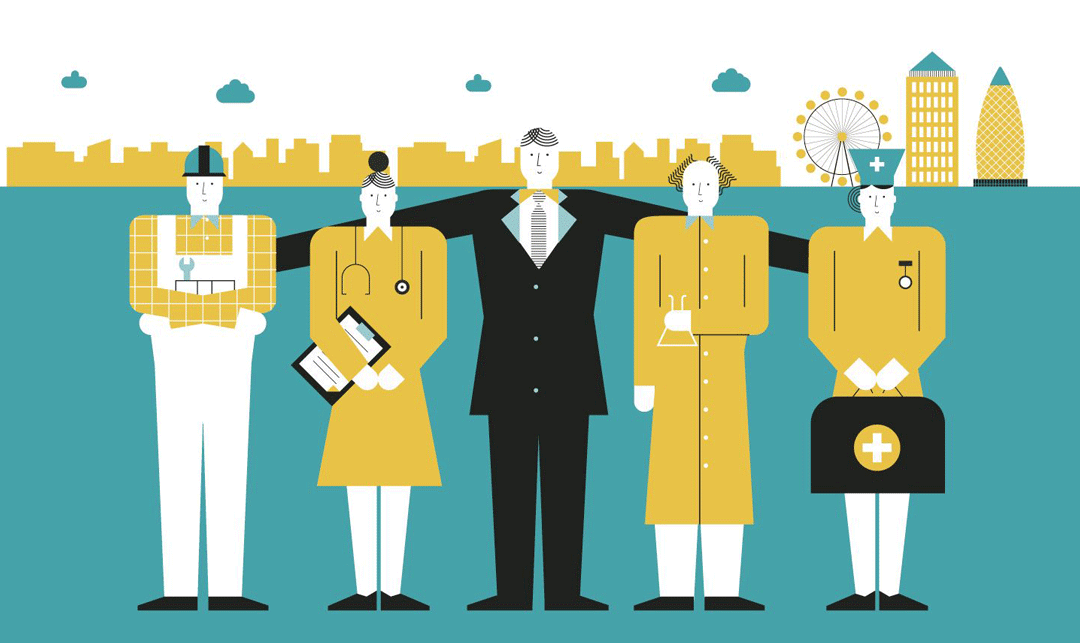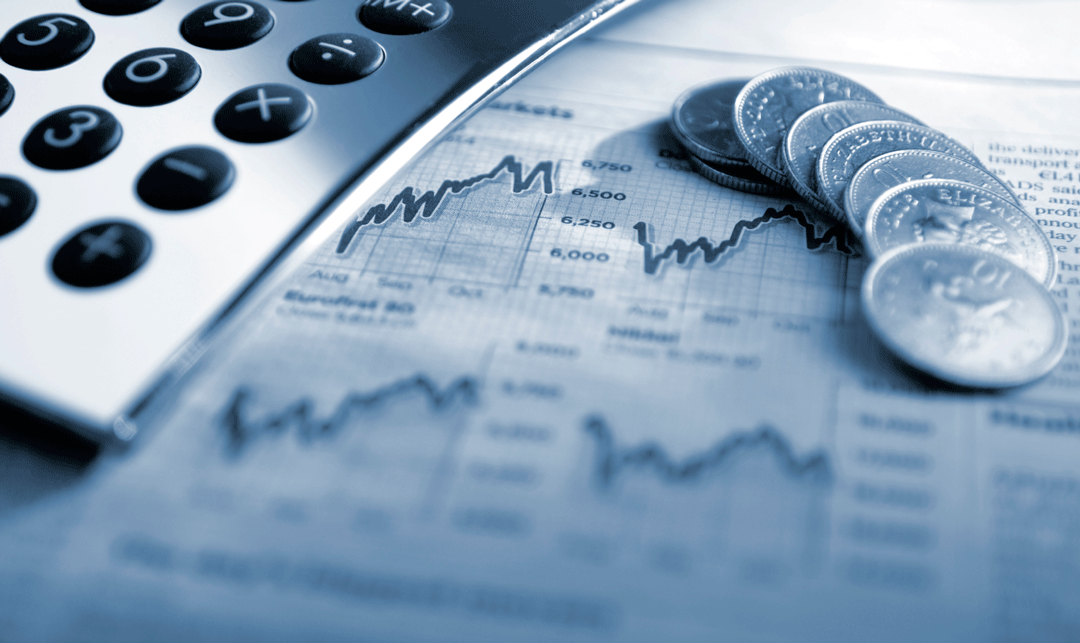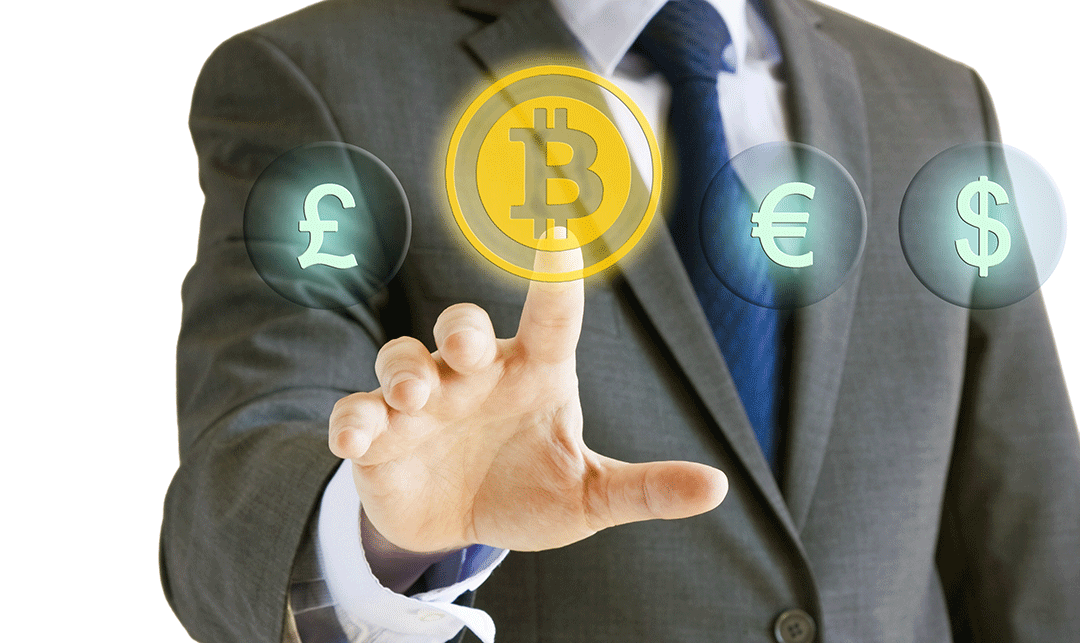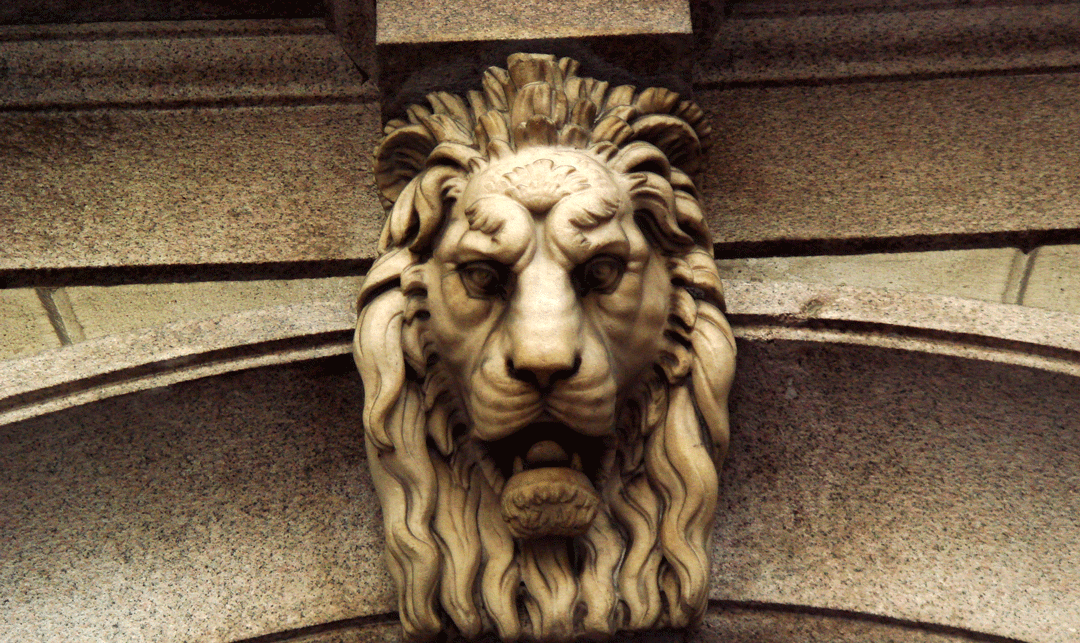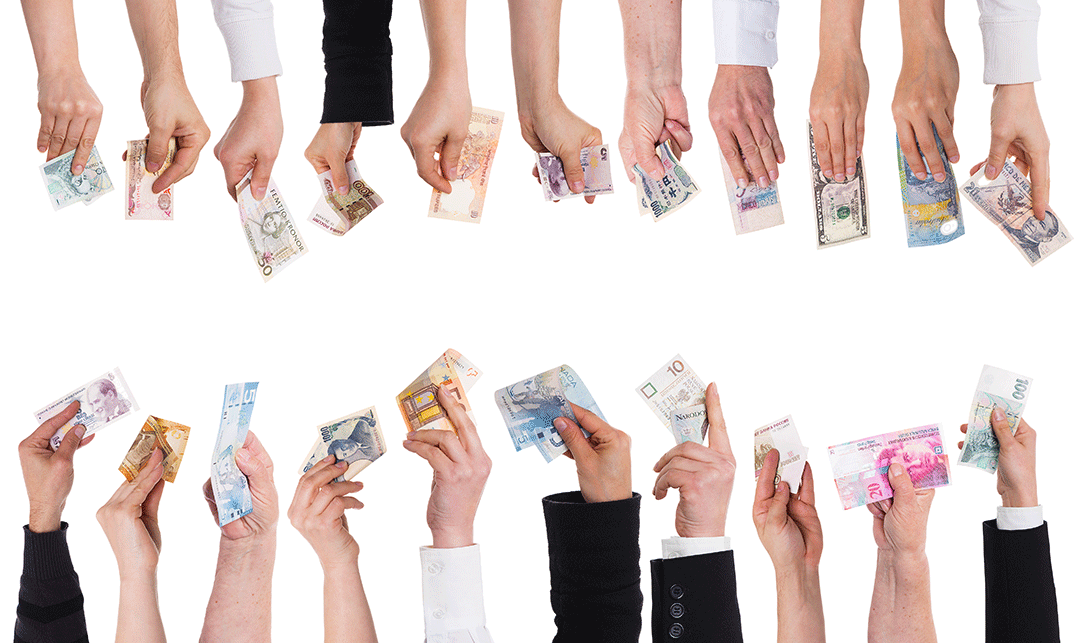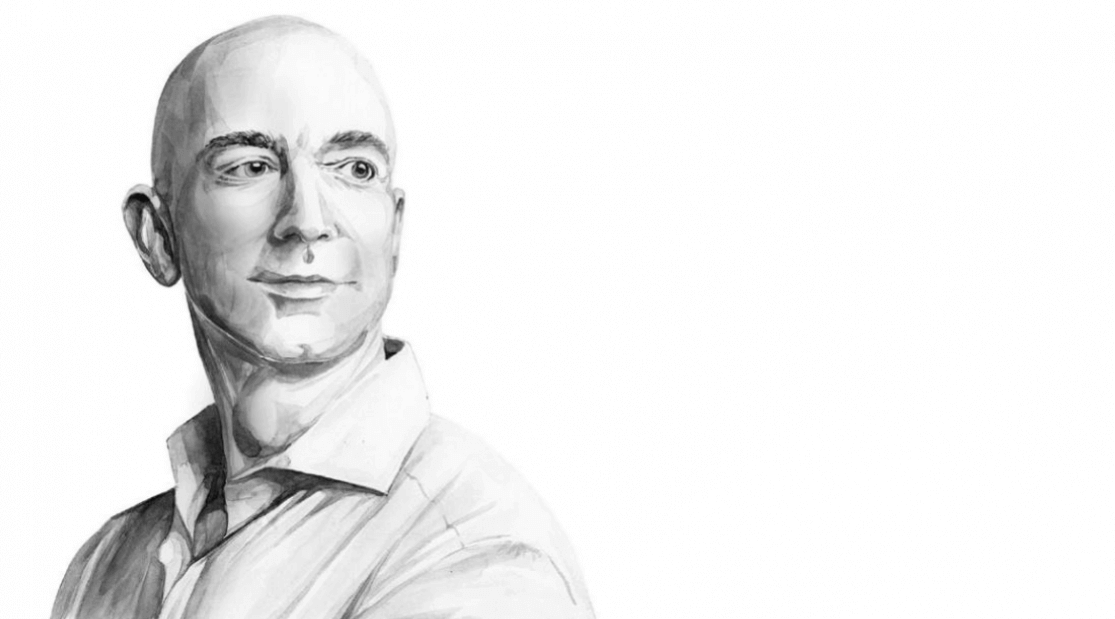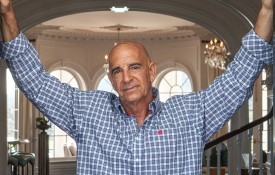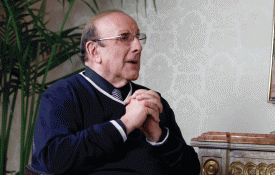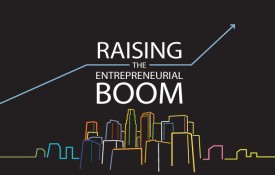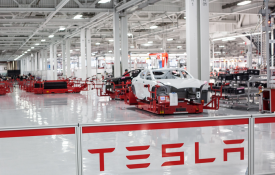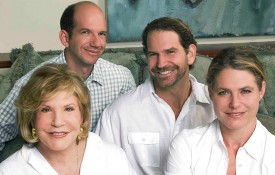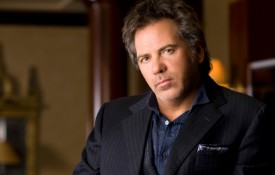Jeff Bezos, founder and CEO of Amazon.com, can hardly be considered a failure. One of the three richest people in the world, he has been named “Person of the Year” by Time magazine and “Businessperson of the Year” by Fortune. His company made $232B in revenue last year and has a market cap hovering around $900B valuation, making it the most valuable public company in the world.
Yet during Amazon’s early years, Bezos made more mistakes than many of us make in a lifetime.
At a minimum, he made more expensive mistakes than any of the rest of us, adding up to hundreds of millions of dollars in what he has characterized as “bad choices.”
In 1998, the fledgling Amazon.com sold books, music, and movies, and quickly became an online leader in those categories. The company attracted significant venture capital, and Bezos had dreams of turning Amazon into the “everything store.” After considerable market research, he decided to branch into the toy market. But toys were very different from Amazon’s previous offerings because there were no major distributors. Amazon had to actually buy the toys from various manufacturers, store them in inventory, and then hope they sold. This went against Amazon’s core business model but Bezos could not be dissuaded. Bezos insisted on spending $120M to buy toys, against the advice of every other Amazon executive, even the head of the toy department. Bezos wouldn’t budge, remarking, “If I have to, I will drive to the landfill myself.” That comment proved to be prescient. After Christmas Amazon had $50M in toys leftover, and with nowhere to keep them and no guarantee there would ever be a market for them, the easiest option was to dump the toys. Amazon ended up giving toys to various children’s charities and selling the rest to exporters for a fraction of the value.
In the same year, Bezos also started Amazon Auctions, which he felt could overtake eBay. He called the project EBS for “Earth’s Biggest Selection,” but other insiders were calling it “eBay by Spring.” He spent $175M acquiring the payment company Accept.com to facilitate transactions between buyers and sellers. But it was a bigger failure than toys for Amazon. eBay was just too well known; it enjoyed first-mover advantage and a sizeable network effect. There was no room for another auction site, especially not one with fewer buyers, fewer sellers, fewer items for sale, and no competitive advantage.
Accept.com wasn’t Amazon’s only acquisition that year. Another 1998 purchase was Junglee, a search site that compared prices of products across the web. Comparison shopping was hot and so was search, with companies like Google, Yahoo, PriceGrabber, and Bizrate all commanding huge valuations. Bezos spent $170M on Junglee, but the Amazon Board of Directors hated it because it sent customers away from Amazon to other sites. It was disbanded in a matter of months.
Not only did Bezos dream of Amazon selling everything in the world, but he also wanted to own businesses across the web. Bezos went on a huge shopping spree in 1998 and 1999, buying companies including movie site IMDb, social networking company PlanetAll, data company Alexa, a British bookstore, and a German bookstore. He also invested heavily in Drugstore.com, Pets.com, Gear.com, WineShopper, Greenlight, and HomeGrocery. But as reported in the 2013 book The Everything Store, by journalist Brad Stone, “almost all of them went down in flames.” Bezos and his team simply did not have the capacity to work with all of those different companies.
Books, movies, and music had worked. But by the turn of the century, almost every other effort Amazon had made to grow failed. However, these failures weren’t in vain. To the contrary, looking back at a letter Bezos wrote to shareholders in 1998, it seems that these mistakes were part of a grander plan: “We will make bold rather than timid investment decisions where we see a sufficient probability of gaining market leadership advantages. Some of these investments will pay off, others will not, and we will have learned another valuable lesson in either case.”
Bezos made an embarrassing number of bad investments, which is true of all investors. But look at some of his other investments and you quickly see a very different story: Google, Airbnb, and Uber are all part of Bezos’ personal portfolio. It is fair to say that, over time, Bezos’ wins have more than made up for his losses. As for the companies Amazon has acquired, some failed but many more have been huge successes, like Zappos, Shopbop, and Diapers.com.
Bezos had close to a billion dollars in failures in the early years of Amazon. These were painful learning experiences that required reflection, but he more than recovered. His mistakes came mainly when he steered away from the core path Amazon was paving. Bezos learned his lessons, adapted, and significantly changed course by late 2000. In lieu of unadulterated growth, he looked inward and focused on the company’s basic principles and tenets of success. He paused acquisitions and focused on strengthening Amazon’s core business and increasing customer satisfaction. He learned from the toys mistake and partnered with Toys “R” Us to sell its products online without having to buy inventory. He did the same with electronics, partnering with Circuit City rather than going it alone and taking inventory risk. He transitioned Amazon Auctions to zShops where sellers could have their own Amazon shop. zShops was not aligned with Amazon’s core and unsurprisingly failed, but that failure morphed into Amazon Marketplace, which became hugely successful.
A company the size of Amazon affects the lives of millions of people, and with great success comes great numbers of people weighing in. In the last few years Amazon has come under fire for many issues, including employee wages, environmental practices, facial recognition software, federal tax payments, and even the location of its new headquarters. While it can be argued that Bezos has made missteps, it is clear that his early failures prepared him for his future successes. Bezos has repeatedly shown that he can withstand controversy and ultimately prevail.
Bezos’ early words and actions showed that he knew the value of failure from the beginning. He was not naive enough to believe that all his investments would pay off, nor was he ignorant enough to assume his company could thrive without taking risk. He learned to take calculated risks, even if that meant a risk of embarrassment.
We can be sure that Amazon will dominate many more news cycles in the future. We can also be sure that Bezos will make decisions that others disagree with, and maybe even some that become mistakes. But Bezos has proven that he can learn, adapt, and grow—and that always ultimately leads to success.









